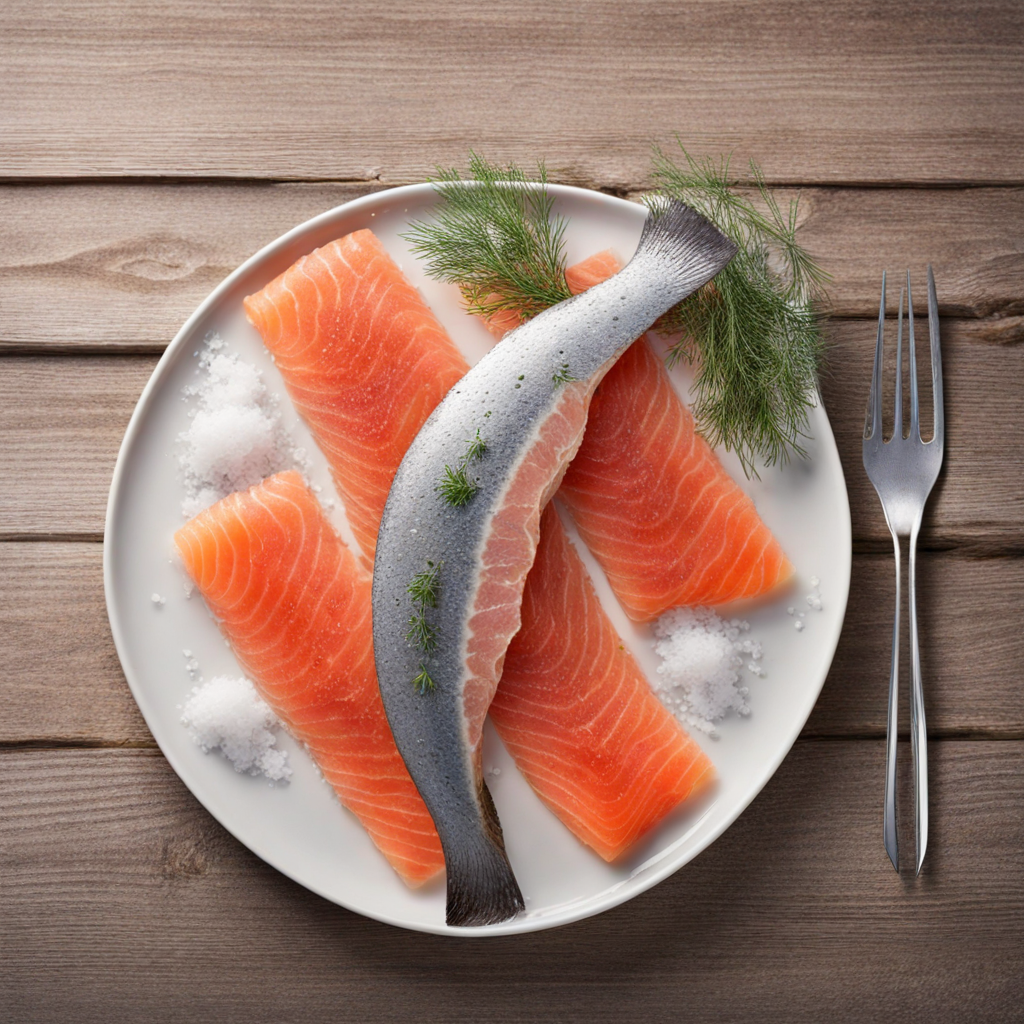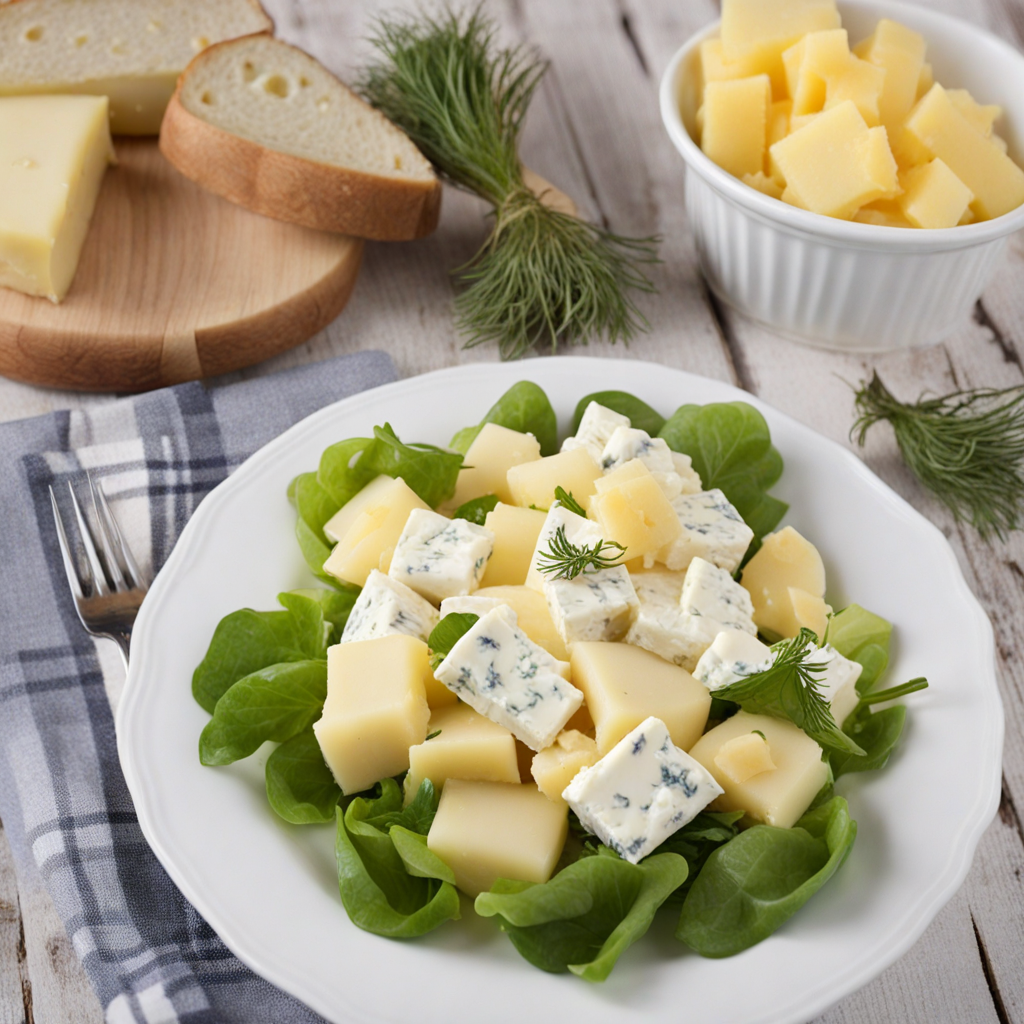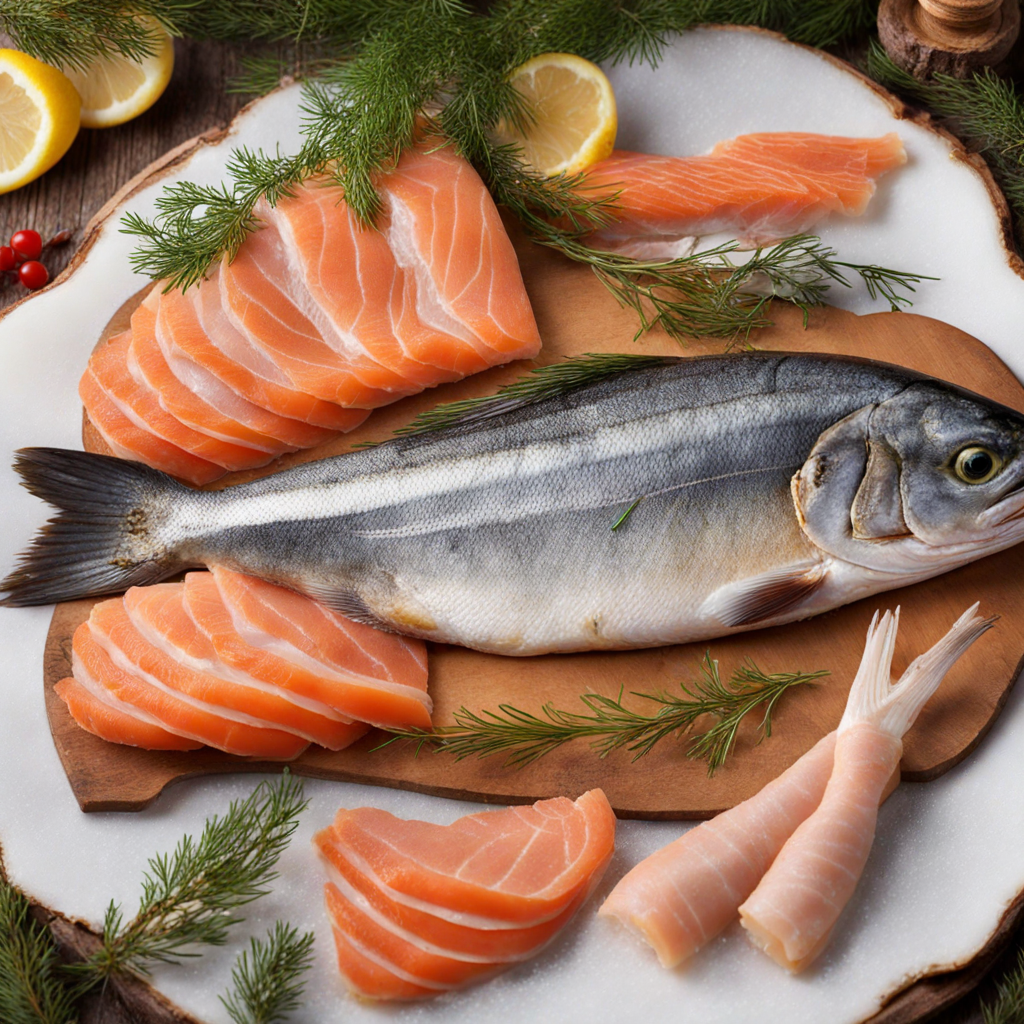Pulla
Pulla is a traditional Finnish sweet bread, often characterized by its delightful aroma and soft, fluffy texture. Made primarily from flour, sugar, milk, butter, and yeast, this enriched dough is typically flavored with cardamom, giving it a unique and aromatic profile that sets it apart from other breads. The dough is shaped into braids, knots, or even spirals, which not only makes it visually appealing but also helps to create a tender crumb that melts in your mouth. When baked, Pulla takes on a beautiful golden-brown hue, and its surface is often brushed with egg wash and sprinkled with pearl sugar, adding a subtle crunch and a touch of sweetness to each bite. Pulla is not just a treat; it is a cultural staple in Finland, often enjoyed during coffee breaks, known as "kahvitauko." Finns take great pride in their coffee culture, and Pulla is frequently served alongside a steaming cup of coffee, making the combination a beloved ritual. This sweet bread can also be enjoyed plain or with a variety of spreads, such as butter or jam, enhancing its flavor and versatility. The warm, aromatic spices and the rich, buttery taste make it a comforting choice, perfect for both casual snacking and festive occasions. While Pulla can be found in bakeries throughout Finland, many families also have cherished recipes passed down through generations, making it a beloved homemade delicacy. Each region may feature slight variations, with some incorporating raisins or almonds, while others might add a touch of citrus zest for a refreshing twist. Regardless of the specific recipe, Pulla remains a symbol of Finnish hospitality, often shared with friends and family during gatherings, ensuring that each bite is not just a taste of food but a taste of tradition and warmth.
How It Became This Dish
The History of Pulla: A Sweet Symbol of Finnish Culture Pulla, a delightful Finnish sweet bread, is a culinary treasure that epitomizes the warmth of Finnish hospitality and the country's rich cultural heritage. This enchanting pastry, with its aromatic spices and tender texture, has become a beloved staple in Finland, served at gatherings, celebrations, and even ordinary family moments. To grasp the full significance of pulla, one must delve into its origins, cultural importance, and the evolution it has undergone over time. #### Origins of Pulla The roots of pulla can be traced back to the Middle Ages, a period marked by the introduction of new baking techniques and ingredients to Finland, largely influenced by trade and the mingling of cultures. The concept of sweetened yeast breads likely traveled from Central Europe, where similar recipes were already in circulation. Finnish bakers began experimenting with these new methods, incorporating local grains like rye and barley, which were staples in the Finnish diet. Pulla, as we know it today, is primarily made from wheat flour, sugar, milk, butter, and yeast, with spices such as cardamom and cinnamon playing a significant role in its flavor profile. Cardamom, in particular, is a key ingredient that sets pulla apart from other breads. This spice traces its origins to ancient trade routes connecting the Middle East and Scandinavia. Its inclusion in Finnish baking reflects the broader culinary influences that shaped Finnish cuisine over the centuries. #### Cultural Significance Pulla is more than just a sweet treat; it holds deep cultural significance in Finnish society. Traditionally, pulla was associated with celebrations and special occasions. It is often served during holidays such as Christmas, Easter, and Midsummer, symbolizing joy and togetherness. In many Finnish households, the act of baking pulla is a cherished family tradition passed down through generations, serving as a way to connect with one’s heritage. The process of making pulla is often a communal activity, bringing families and friends together in the kitchen. Children learn to bake alongside their parents or grandparents, fostering a sense of continuity and shared experience. The sweet aroma wafting through the home evokes feelings of comfort and nostalgia, making pulla a beloved symbol of Finnish domestic life. Pulla also plays a role in Finnish hospitality. When guests visit, it is customary to offer them coffee and pulla, embodying the Finnish concept of "kahvittelu" (coffee time). This practice not only showcases the importance of social connections but also highlights the Finnish appreciation for quality time spent with loved ones. #### Development Over Time As Finland underwent significant social and economic changes, so too did the evolution of pulla. The late 19th and early 20th centuries were pivotal periods for Finnish identity, marked by a growing sense of nationalism and cultural pride. During this time, traditional dishes like pulla were celebrated as symbols of Finnish heritage. The Finnish National Romantic movement sought to promote indigenous culture, and food became a vital part of this narrative. With the rise of urbanization and industrialization, the availability of ingredients and baking methods transformed. The introduction of commercial yeast in the late 19th century made bread baking more accessible to the general population. This shift allowed for the proliferation of pulla recipes, with variations emerging across different regions of Finland. Some areas embraced richer versions, adding almond paste or raisins, while others maintained a simpler, spiced variant. In the 20th century, pulla continued to adapt to modern tastes and lifestyles. The post-World War II era saw a surge in interest in home baking, as families sought to create comforting foods during times of uncertainty. Pulla became a symbol of resilience and domesticity, reinforcing its place in Finnish culture. During this time, it also began to feature as a popular item in cafés and bakeries, further solidifying its status as an everyday indulgence. The late 20th and early 21st centuries witnessed an increasing globalization of food culture. While this brought new ingredients and culinary influences into Finland, pulla remained a steadfast favorite. Contemporary bakers often experiment with innovative flavors, incorporating local ingredients such as cloudberries or lingonberries, while maintaining the traditional essence of the bread. #### Modern Variations and Global Influence Today, pulla is enjoyed not only in Finland but also by Finnish communities around the world. Its popularity has transcended borders, with variations emerging in different cultures. In Sweden, a similar sweet bread known as "kardemummabulle" is enjoyed, showcasing the shared culinary heritage of the Nordic countries. Similarly, in the United States, Finnish immigrants have contributed to the popularity of pulla, bringing their traditions to new shores. Modern recipes for pulla can range from classic to contemporary, often incorporating twists such as chocolate or nut fillings. The traditional braided shape—the most common form of pulla—remains a favorite, but bakers are increasingly experimenting with shapes and presentations, such as pulla buns or even pulla-inspired cakes. The rise of social media has also played a role in the resurgence of interest in pulla. Food bloggers and enthusiasts share their recipes and techniques online, inspiring a new generation to embrace this time-honored tradition. Pulla has become a symbol of cultural pride, a delicious reminder of Finnish heritage that continues to be celebrated both at home and abroad. #### Conclusion Pulla is more than just a sweet bread; it is a testament to the Finnish spirit, embodying the values of community, tradition, and resilience. Its origins in the Middle Ages, coupled with its evolution and enduring cultural significance, reflect the broader narrative of Finnish history. As it continues to adapt and thrive in contemporary society, pulla remains a beloved symbol of Finnish hospitality and the sweet moments shared with loved ones. Whether enjoyed at a festive gathering or savored during a quiet coffee break, pulla is a culinary delight that encapsulates the heart and soul of Finland.
You may like
Discover local flavors from Finland







